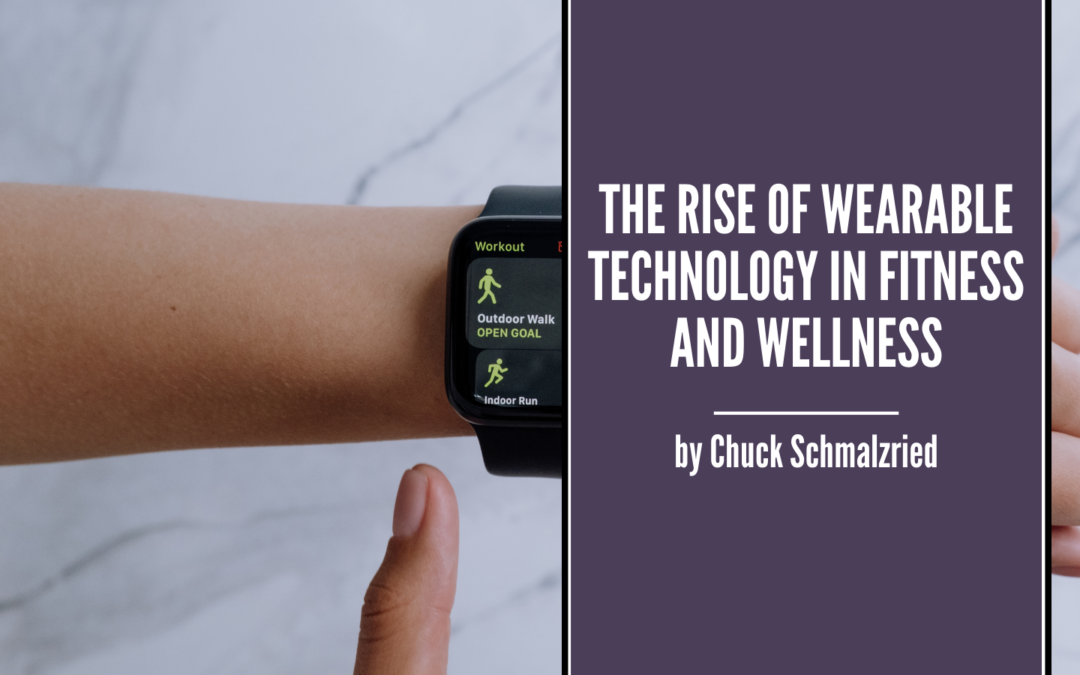In the dynamic landscape of fitness and wellness, the integration of wearable technology has ushered in a new era, revolutionizing how individuals monitor, track, and enhance their overall health. Wearables have become ubiquitous, from smartwatches and fitness trackers to advanced health monitoring devices, offering users real-time insights into their physical well-being. Let’s delve into the transformative impact of wearable technology on fitness and wellness.
- Personalized Health Monitoring: Wearable devices are equipped with sensors that continuously monitor various health metrics, providing users with personalized insights into their well-being. From heart rate and sleep patterns to activity and stress levels, wearables offer a comprehensive overview of one’s health, empowering individuals to make informed decisions about their lifestyle.
- Activity Tracking and Goal Setting: Fitness enthusiasts and beginners alike benefit from the activity-tracking features of wearables. These devices monitor daily steps, distance traveled, and calories burned, encouraging users to set and achieve personalized fitness goals. The gamification aspect, where users earn rewards or compete with friends, adds an element of fun and motivation to physical activity.
- Real-Time Fitness Guidance: Wearables go beyond passive monitoring by providing real-time guidance during workouts. Many devices offer GPS tracking, workout suggestions, and form analysis features. Whether running, cycling, or engaging in strength training, wearables provide actionable insights to enhance the effectiveness of workouts and reduce the risk of injuries.
- Sleep Quality Assessment: Understanding the importance of quality sleep, wearables now include advanced sleep-tracking capabilities. These devices analyze sleep patterns, duration, and stages, offering users valuable insights into their nightly rest. By promoting awareness of sleep hygiene, wearables contribute to improved overall well-being.
- Stress Management and Relaxation: Many wearables now incorporate stress monitoring features that assess physiological stress indicators, such as heart rate variability. Through guided breathing exercises and relaxation prompts, these devices assist users in managing stress levels and fostering mental well-being. The integration of mindfulness and stress reduction reflects the holistic approach to health embraced by wearables.
- Nutrition and Hydration Tracking: Beyond physical activity, wearables are expanding their scope to include features that track nutrition and hydration. Users can log food intake, monitor hydration levels, and receive nutritional insights. This comprehensive approach ensures that users address multiple facets of their well-being, promoting a balanced and holistic lifestyle.
- Seamless Integration with Smartphones and Apps: Wearable technology seamlessly integrates with smartphones and dedicated apps, creating a centralized hub for health data. This connectivity enhances user experience by providing a unified platform to access, analyze, and share health metrics. The synchronization between wearables and apps fosters a more comprehensive understanding of one’s health journey.
